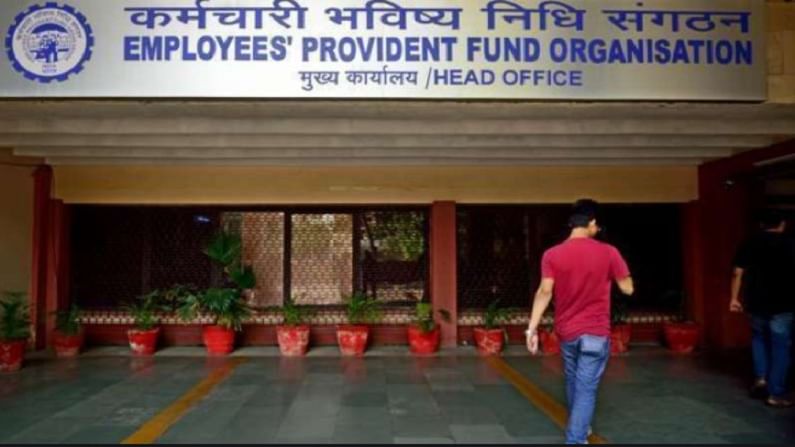Here's how EPF interest is calculated
Currently, when Small Savings Schemes such as Public Provident Fund (PPF) and National Savings Scheme (NSC) are offering interest rates of 7.1% and 6.8%, your Employees’ Provident Fund (EPF) continues to offer the highest return in the fixed income space at 8.5%. But do you know how these returns are calculated and where EPF organisation […]

Currently, when Small Savings Schemes such as Public Provident Fund (PPF) and National Savings Scheme (NSC) are offering interest rates of 7.1% and 6.8%, your Employees’ Provident Fund (EPF) continues to offer the highest return in the fixed income space at 8.5%. But do you know how these returns are calculated and where EPF organisation invests your money to garner a higher interest rate than other saving schemes?
Where does PF money get invested?
EPFO has the mandate to invest your money in equities through ETFs which mirror the performance of Sensex, Nifty 50, Central Public Sector Enterprises (CPSEs) and Bharat 22 indices. The remaining part is invested in fixed-income assets like bank fixed deposits, government securities, among other things.
Before 2015, EPFO used to invest in fixed income instruments. Later, it started investing incremental inflows in equity and equity-related assets via Exchange Traded Funds (ETFs). Initially, this contribution was limited to 5% and increased to 15% in 2017.
How is EPF structured?
There are two components of EPF contribution-employee and employer contribution. The employee contributes 12% of basic salary plus dearness allowance towards its EPF account. While the employer makes the matching contribution 8.33% of the employer’s contribution is shifted towards Employee Pension Scheme (EPS) subject to a ceiling of 1,250 per month if the salary of the employee is 15,000 or more. The remaining 3.67% goes towards the EPF account of the employee.
In addition, the employer also contributes 0.50% towards the Employees’ Deposit Linked Insurance (EDLI) account of the employee. Employee Deposit Linked Insurance Scheme (EDLI) is an insurance cover provided by the EPFO at no extra cost. The cost of this insurance is borne by your employer at 0.50% subject to a maximum of Rs 75. The minimum claim amount is fixed at Rs 2.5 lakh, while the maximum is capped at Rs 6 lakh.
How is EPF interest calculated?
Now you know where your PF money gets invested and how much is contributed let’s learn how the interest amount is calculated.
While the EPF contribution is deducted every month, the applicable interest rate is announced at the end of the year. EPFO then calculates the closing balance every month and the interest amount is paid accordingly. Since the interest rate is 8.5% annually, it will be divided by 12 and the calculation for per month interest rate works out to 0.7083%.
For example, your monthly salary is Rs 50,000. Let’s see how the PF amount gets deducted and interest is calculated:
Basic Salary + Dearness Allowance = Rs 50,000
Employee’s contribution= Rs 6,000 (12% of Rs50,000)
Employer’s contribution towards EPS = Rs 1,250 (as salary is more than Rs 15,000)
Employer’s contribution towards EPF = (Rs 6000 – Rs 1,250) = Rs 4750
Total contribution per month= Rs 6000+ Rs 4750 = Rs 10,750
As the balance at the end of a month is Rs 10,750 the interest amount will be 10,750 X 0.007083, which works out to Rs 76. The interest is calculated by the same method at the end of each month on the accumulated outstanding balance. For instance, next month EPF balance will be Rs 21, 500 and accordingly interest will be calculated on the balance amount at the end of the month. However, this interest will be credited to your PF account only at the end of the financial year.